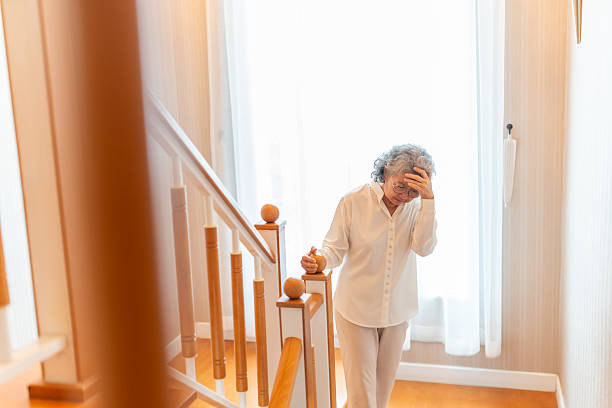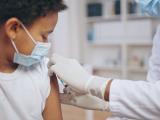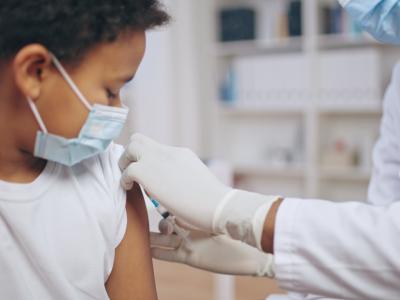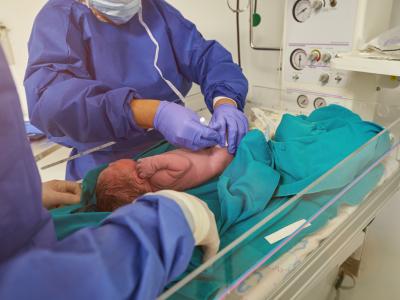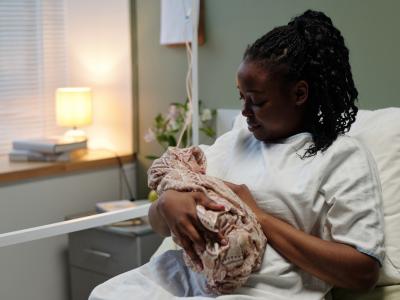An uncommon heart-rhythm disorder occurs in nearly 1 in 3 adults with severe long COVID, most of them middle-aged women, Swedish researchers write in Circulation: Arrhythmia and Electrophysiology.
In contrast, the condition affected less than 1% of the Swedish population before the pandemic. POTS causes a rapid heartbeat when standing up after lying down and sometimes at rest and during exercise. Because standing up triggers dizziness, affected patients prefer to sit or lie down (orthostatic intolerance).
A third had chronic diseases before infection
Karolinska Institutet investigators prospectively evaluated the prevalence and clinical effects of postural orthostatic tachycardia syndrome (POTS) in 467 nonhospitalized patients who took sick leave from work at least half of the time because of persistent COVID-19 symptoms. The team also compared demographic factors and clinical outcomes among those diagnosed as having POTS with those without the heart-rhythm disorder.
A median of 12 months after SARS-CoV-2 infection, patients underwent physical testing and completed health forms. Those who showed signs of POTS met with a cardiologist, who performed 48-hour electrocardiography, the 6-minute walk test, head-up tilt testing, and the active stand test.
An increase in heart rate of at least 30 beats per minute after moving from the supine (lying face up) or upright position without orthostatic hypotension and a symptom duration of at least 3 months after ruling out other conditions was diagnostic of POTS.
Of all participants, 84% were women, and 32% had chronic diseases before their COVID-19 infection, with asthma (16%) and obesity (15%) being most common.
Less physical activity, capacity
In total, 31% of all long-COVID patients were diagnosed as having POTS, 27% didn't meet the criteria for the condition, and 42% had no clinical signs of POTS.
Patients with a POTS diagnosis were nearly all women (91%) and younger than those who didn't meet the criteria or had no signs (average age, 40.0 vs 44.0 vs 47.0 years, respectively). Most middle-aged POTS patients were healthy and active before they developed long COVID.
